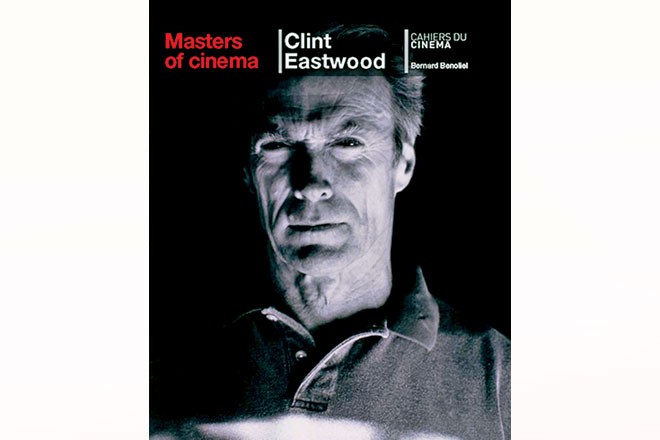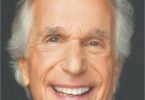BOOK REVIEW
Ever wonder what makes a successful filmmaker great and achieve the status of being legendary in his lifetime? Follow Clint Eastwood’s iconic journey as a director through Bernard Benoliel’s Masters of Cinema: Clint Eastwood.
Perhaps Bernard Benoliel wondered too. His book takes us back in time to uncover the making of The Man with No Name that went on to become the multiple award winning, still remembered film, just because he stuck to basics and continued to learn the tricks of the trade despite being a veteran in the industry.
In the initial part of his career, Clint Eastwood stood out among other actors from the 50s and the 60s because a) he wasn’t afraid to experiment on TV and b) he chose to go abroad (read: Europe) to explore himself as an actor when people considered Hollywood as the benchmark.
According to this book, the stint with Rawhide on TV and later with Italian filmmaker Sergio Leone are the reasons why Clint Eastwood was able to rediscover himself and was able to use the very characteristics that didn’t let him succeed to his advantage. The tall height, the soft voice, and the never-seen-before expressions added charisma to his persona and he became one of the most loved actors in the 60s.
However, this book is not about Eastwood the actor but focuses on Eastwood, the director, who founded his own film company, Malpaso, in 1967 (at United Artists) and switched to Warner Bros within a decade, at a time when people considered staying loyal to one studio as a safe bet. What made Eastwood become a director at the peak of his acting career and why did he choose to work with unknown directors in the late 1970s and the 1980s is something this book explains brilliantly and yes, Eastwood’s no-nonsense attitude has a lot to do with it.
This book could pass off as a biography on Eastwood, one that doesn’t highlight his acting career but the career he later chose to focus on: direction. Many lesser-known stories about Clint Eastwood are a part of this ‘biography’ such as his affair with co-star Sandra Locke – who acted with him in 6 films – his stint as a real-life Mayor and his on-screen stint as Sheriff, among other things. The readers also get to know why Eastwood completed his films in record time and why he made films around African-American characters when it was considered a taboo. Yes, you get to read about the two directors who influenced his career immensely – Don Siegel and Sergio Leone – because as the book progresses, you realize that without ‘Don’ and ‘Sergio’, Eastwood might not have been as successful a director as he is considered today.
Some anecdotes make it a must-read, such as how it was Orson Welles and his rare appreciation of Eastwood that changed the luck of the filmmaker or that he directed one episode each of Amazing Stories in 1985 and The Blues in 2003 as his only directorial assignments on TV.
From Play Misty For Me (where Don Siegel acted under Eastwood’s direction) to Invictus where Eastwood goes to South Africa to film historic scenes and personalities (such as Nelson Mandela), he is one of those few directors who can say ‘been there, done that.’ It is not that he loves to act in his directorial ventures; there have been many films where he has given the lead role to others – William Holden in Breezy, Forrest Whittaker in Bird, Kevin Costner in The Perfect World, Morgan Freeman in Invictus and Sean Penn in The Mystic River – to name just a few.
The poster quality images in this book make it a must-have for Eastwood fans; they will get to learn about the reasons behind some Eastwood films that failed to match expectations of the audience. It was that failure alone that guided him towards becoming a better director and despite being in his late 80s, he is still active as any man would be in the business. In the words of his most famous character, “Go ahead, make my day.”







